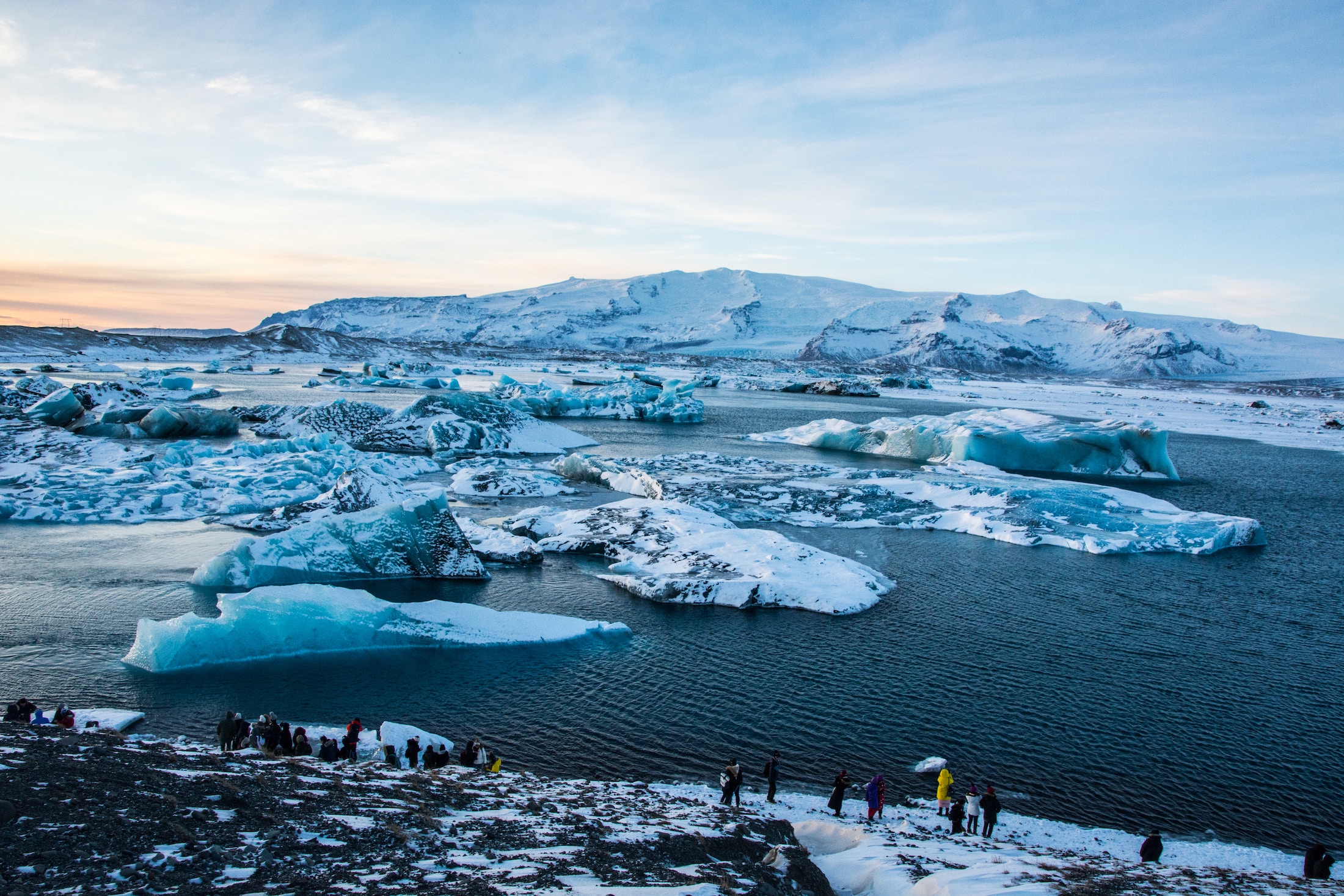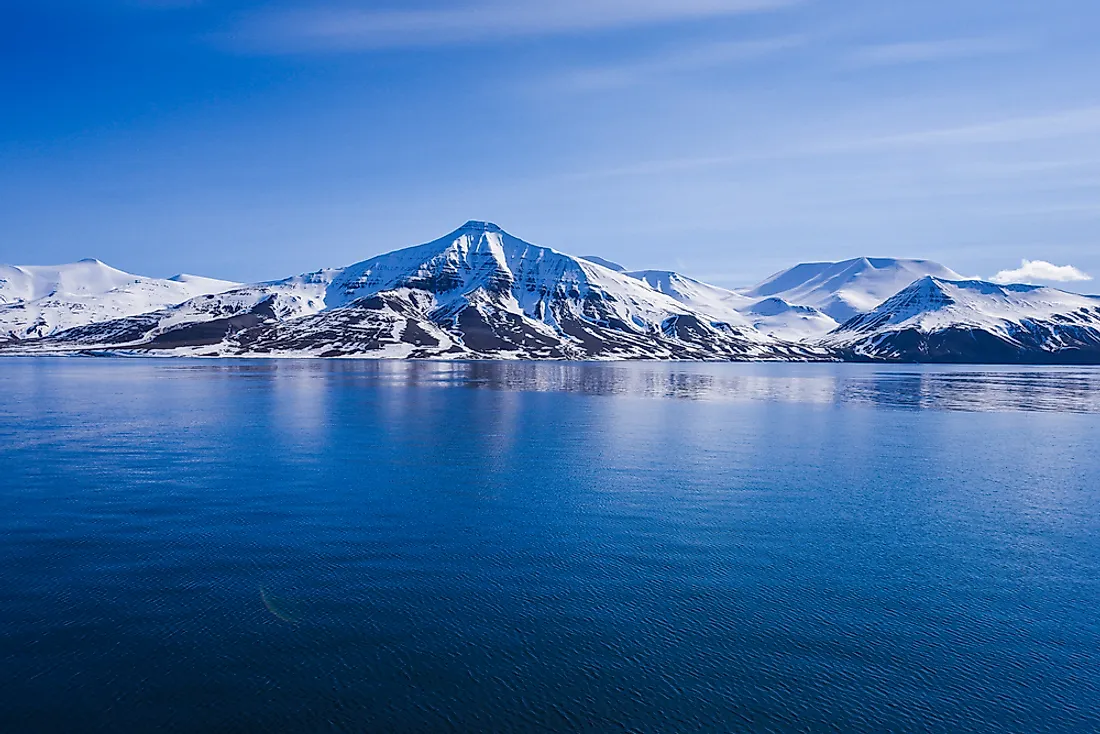

The Arctic is subject to rapid environmental changes. Conversely, the Arctic Ocean receives waters from the Pacific and Atlantic Oceans, and therefore Arctic marine ecosystems are influenced by global changes that influence biodiversity in these oceans. The Arctic Ocean also influences marine ecosystems of the Atlantic Ocean directly, as waters and sea ice exiting the Arctic Ocean affect the physical, chemical and biological characteristics of the North Atlantic. Indirectly, the Arctic Ocean plays a key role in shaping the global biodiversity of marine and terrestrial ecosystems as it plays an essential role in the Earth climate system. For example, Arctic sea ice ecosystems support biodiversity at various scales ranging from unique microbial communities to apex predator species such as the polar bear Ursus maritimus and walrus Odobaenus rosmarus whose ecology is closely associated with the sea ice environment. The unique characteristics of Arctic marine ecosystems also contribute directly to global diversity. The marine Arctic also provides habitat for large populations of marine mammals and birds (see Reid et al., Chapter 3 and Ganter & Gaston, Chapter 4), some of which form colonies that are among the largest seabird colonies on the planet. Arctic marine ecosystems are habitats to a vast array of over 5,000 animal species and over 2,000 species of algae and tens of thousands of microbes (see Josefson & Mokievsky, Chapter 8, Daniëls et al., Chapter 9 and Lovejoy, Chapter 11). Moreover, the complexity and regional character of Arctic ecosystem responses to environmental changes calls for the establishment of long-term marine ecosystem observatories across the Arctic, in support of sustainable management and conservation actions.Īrctic marine ecosystems are important constituents of global biodiversity. With continued warming and sea ice decline, measures should be put in place to monitor areas of particular biological significance and uniqueness in support of preservation and protection measures.

Unique habitats such as ice shelves and multi-year ice are rapidly shrinking. Changes in the distribution and abundance of key species, range extensions and cascading effects on species interactions are taking place, influencing Arctic marine food web architecture. Throughout the Arctic, ecosystem changes are already being observed. These changes together with new opportunities for economic development create multiple stressors and pressures on Arctic marine ecosystems.Īll Eskimos (Siberian Yupik) emphasize their connection with the sea – boys have dreams of becoming hunters. The sea gives birth to our whole life … Tatyana Achirgina in Novikova (2008). The Arctic is undergoing major and rapid environmental changes including accelerated warming, decrease in sea ice cover, increase in river runoff and precipitation, and permafrost and glacier melt. It comprises diverse ecosystems such as unique millennia-old ice shelves, multi-year sea ice, cold seeps and hot vents, and their associated communities. The Arctic Ocean has the most extensive shelves of all oceans, covering about 50% of its total area.

The marine Arctic is characterized by a wide range of and large variability in environmental conditions. Current estimates also suggest that many species are yet to be discovered. Harbour seal Photo: Stefan Schejok, Īrctic marine ecosystems host a vast array of over 2,000 species of algae, tens of thousands of microbes and over 5,000 animal species, including unique apex species such as the polar bear Ursus maritimus and narwhal Monodon monoceros, commercially valuable fish species, large populations of migratory birds and marine mammals, and some of the largest colonies of seabirds on the planet. Gordillo, Rolf Gradinger, Russ Hopcroft, Nina Jensen, Kaisu Mustonen, Tero Mustonen, Andrea Niemi, Torkel G. Contributing Authors: Bodil Bluhm, Violet Ford, Vincent Gallucci, Anthony J.


 0 kommentar(er)
0 kommentar(er)
